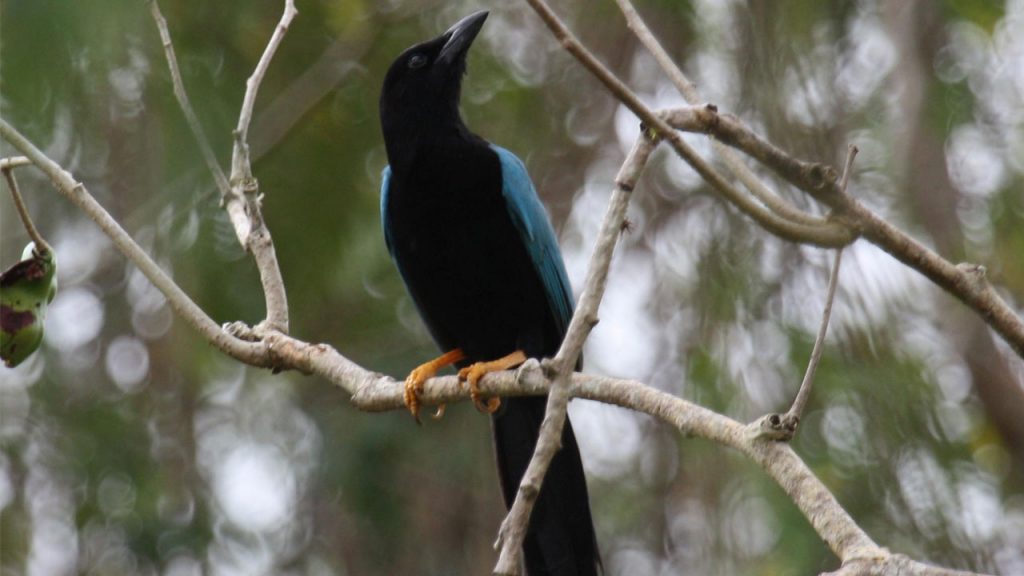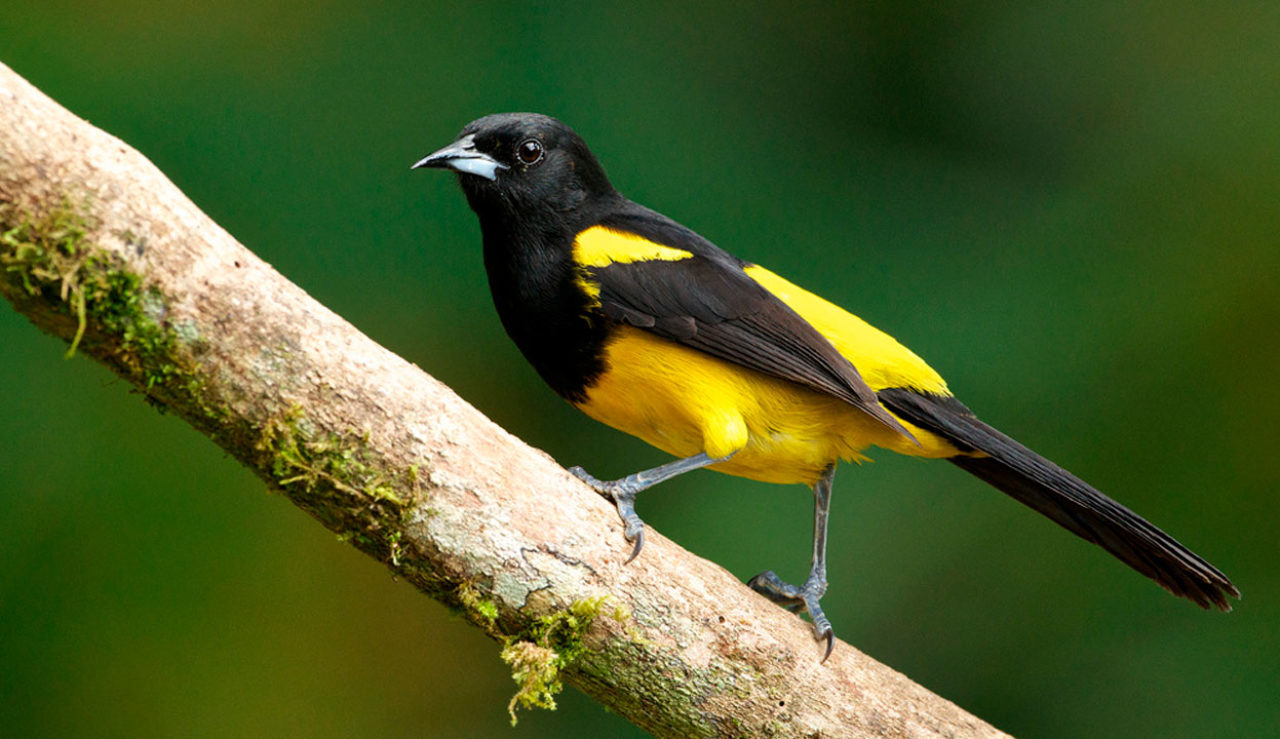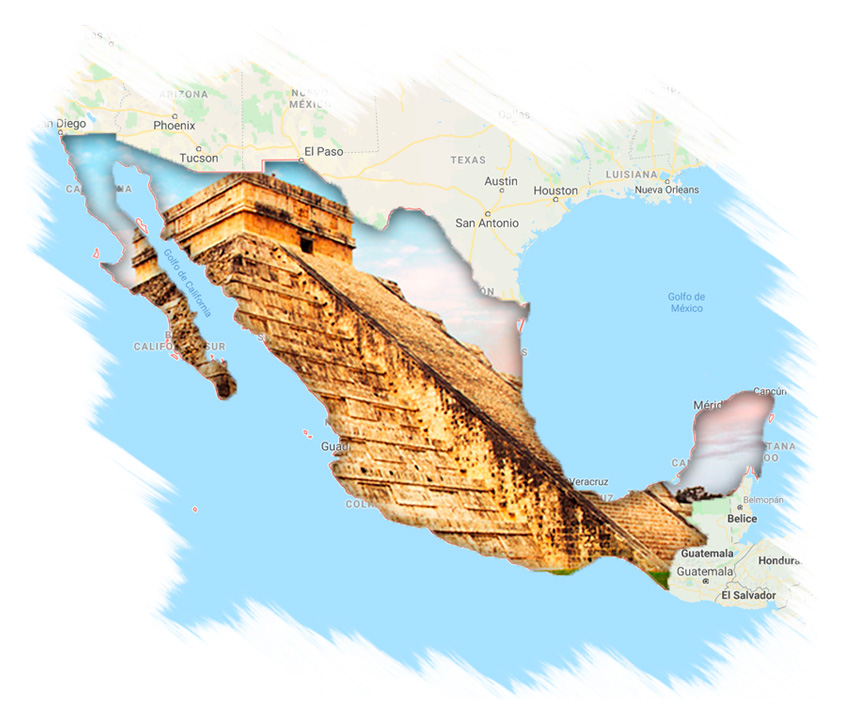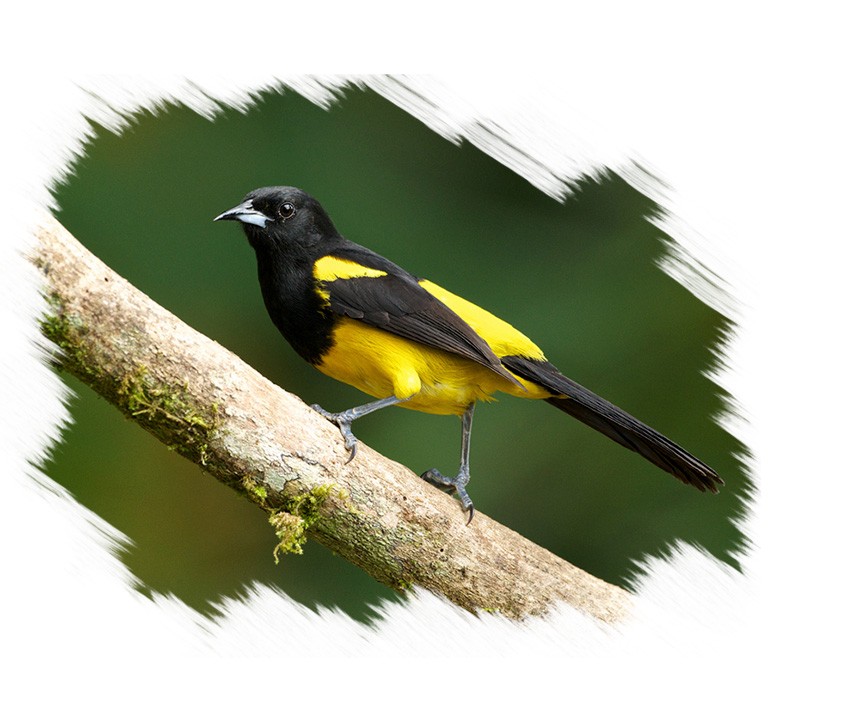Birding Yucatan and Mayan History



Tour Date:
Mar 26–Apr 2, 2022 (8 days)
Tour Price (Per Person):
USD 2299.00
Tour Type:
Easy birding and culture
Yucatan Endemics and Pre-Colombian History
Few places in the Americas showcase natural beauty and pre-Colombian history like the Yucatan. Boasting an impressive 578 species of birds,14 of which are endemic or near endemic, the Yucatan also is known for the impressive Mayan monuments of Chichen Itza and Calakmul

After arriving in Cancun before noon, we leave immediately for Rio Lagartos arriving at around 3pm to start birding. Our targets apart from the beautiful Great Flamingos include, Lesser Roadrunner, Black-throated Bobwhite, Yucatan Wren and Mexican Sheartail.
We spend the night in Rio Lagartos and the next morning bird the river and saltpans for shorebirds and waterbirds, gulls and terns.
We travel on to Chichen Itza, a world heritage site. It is believed that the construction of the complex started about 750AD. Chichen Itza, like Machu Picchu in Peru, is Mexico’s most visited tourist destination with about 3.5 million visitors annually. Here we will be looking for: Wedge-tailed Sabrewing, Canivet’s Emerald, Yucatan Jay and Blue Bunting.

We end the day at dusk outside of the charming colonial town of Valladolid hopefully seeing: Singing Quail, Yucatan Poorwill, Yucatan Nightjar and Guatemalan Screech-Owl.
We spend the night in Valladolid and are up at dawn, looking for endemics including Yucatan Flycatcher and Yucatan Woodpecker, and others of course like the Plain Chachalaca.
We then start the long drive to Calukmal, birding the road towards Tres Garatias. Birds possible here include: Great Tinamou, Eastern Thicket Tinamou, Great Currasow, Gray-headed Dove, Bat Falcon, King Vulture, Stripe-throated Hermit, Canivet’s Emerald, Wedge-tailed Sabrewing, Rufous-tailed Hummingbird, White-bellied Emerald, Mexican Ant-thrush, Rufous-breasted Spinetail, Black-crowned Tityra, Trush-like Mourner, Couch’s Kingbird, Black-headed Saltator, White-bellied Wren and Yellow-backed Oriole, Baltimore Oriole and Black-cowled Oriole.
We spend the night in Xpujil. The next day is a full day at the Calakmul Biosphere Reserve. Calakmul Biosphere Reserve is one of Mexico’s largest protected areas, with exceptional biodiversity, boasting 86 species of mammals, 385 species of birds, 75 species of reptiles, 18 species of amphibians, 31 species of fish and around 400 species of butterflies. And there are over 1,500 species of plantlife. Calakmul’s bat cave is home to between 2 and 5 million bats that emerge every night to forage for insects. Once home to an estimated 50000 people at its peak it is an important but less often visited archaeological site. The ruins are surrounded by good forest and the birding is the best in the Yucatan reserve.
Apart from the mega targets Oscillated Turkey and Great Curassow, which are often scarce in other areas due to hunting, but not here. We also hope to find: Eastern Thicket Tinamou, Scaled Pigeon, Blue Ground Dove, Spotted Wood-Quail, Hook-billed Kite, Blue-diademed Motmot, Keel-Billed Toucan, Black-headed Trogon, Smoky-Brown Woodpecker, Ruddy and Northern Barred Woodcreeper, Plain Xenops, Yellow-bellied Elaenia, Northern Beardless-Tyrannulet, Eye-ringed Flatbill, Yellow-Olive Flycatcher, Yellow-bellied Flycatcher, Great Crested Flycatcher, Red-capped Manakin, Ochre-bellied Flycatcher, Gray-collared Becard, Bright-rumped Attila, Southern House Wren, Gray Catbird, Wood Thrush, Yellow-throated and Philadelphia Vireo, Green-backed Sparrow, Blue Bunting, Gray-throated Chat, Rose-throated Tanager and Gray-breasted Martin.
Before dusk we return to the main road to visit a large bat cave where, as many as 4 million bats of several species fly out in a short time span. Raptors are common near the cave including the rare Ornate Hawk Eagle. We overnight at Chicanná Eco-village.
We continue to explore and bird In the Calakmul. The Chicanna Eco lodge has many birds on site and is especially good for Orioles and Hummingbirds including: Orange, Yellow-tailed, Yellow-backed, Baltimore, Altamira, Hooded, Black-cowled and Orchard Orioles; and among the hummers Buff-bellied Hummingbird, Canivet’s Emerald, Wedge-tailed Sabrewing, White-bellied Emerald and Ruby-throated Hummingbird. There is often a Northern Potoo in the garden which is easy to see.
The following morning we leave for Playa el Carmen. We may do another stop at Tres Garantias, for some morning birding before continuing to Felipe Cariullo Puerto. Here we shall visit Sian Ka’an reserve, with many of the same species possible at Calakmul as well as Collared Aracari, White-fronted Amazon and Aztec Parakeet. We stay until dusk to try to see Mottled Owl. We continue to Playa del Carmen for a two night stay.
We shall have a sleep-in before we board the first ferry to Cozumel.

We shall be looking for the endemics: Cozumel Vireo, Cozumel Emerald and Cozumel Wren. Local subspecies and possible future splits will also be checked for like: Roadside Hawk, Bananaquit, Rufous-browed Peppershrike, Blue-Gray Gnatcatcher, Western Spindalis, Yellow-faced Grassquit and Yellow Warbler.
Also Caribbean Dove, White-crowned Pigeon Ruddy Crake, Golden-fronted Woodpecker, Lesser Black-backed Gull, Caribbean Elaenia, Black Catbird, Tropical Mockingbird, Yellow-faced Grassquit, Indigo Bunting and Melodious Blackbird.
In the afternoon we take the ferry back to Playa del Carmen for our last night in Yucatan.
The morning drive back to the Cancun airport we will look for: White-bellied Wren, Blue Bunting, Green-backed Sparrow and Orange Oriole, on the way to Cancun airport. Return home or continue with the extension to Chiapas and Triunfo.
